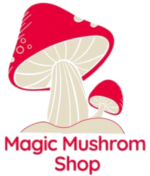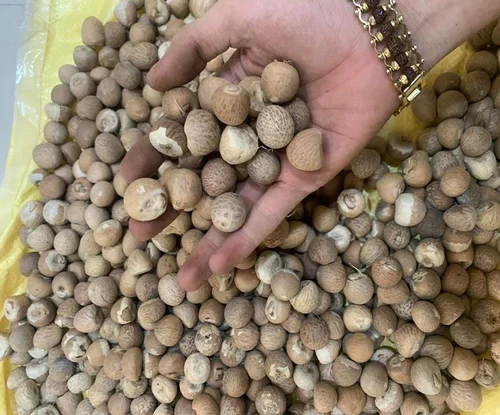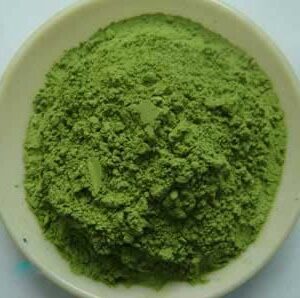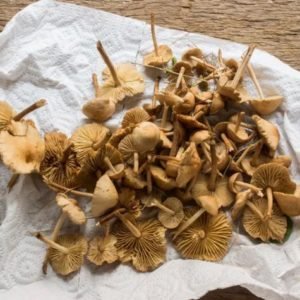Areca Nut: Uses, Effects, and Cultural Significance Explained
The areca nut, often referred to as betel nut, is the seed of the Areca catechu palm and has been traditionally used for thousands of years across Asia and the Pacific Islands. It is most commonly chewed with betel leaves, lime, and various flavorings in a practice known as betel chewing.
🌿 Traditional Uses of Areca Nut
- Cultural & Social Rituals
- In countries like India, Sri Lanka, Myanmar, and the Philippines, chewing areca nut is a social custom and a gesture of hospitality.
- It is commonly offered at weddings, festivals, and religious ceremonies.
- Ayurvedic & Traditional Medicine
- Used in Ayurveda and traditional Chinese medicine for digestive support, improving alertness, and as a mouth freshener.
- Believed to help with constipation, energy boost, and even as an anti-parasitic in some folk practices.
- Religious Significance
- The areca nut is considered sacred in Hindu rituals and is often used in poojas and temple offerings alongside coconut and flowers.
- Stimulant Effects
- Chewing areca nut produces a mild psychoactive effect due to alkaloids like arecoline, which act as stimulants and cause a warming or tingling sensation.






Reviews
There are no reviews yet.